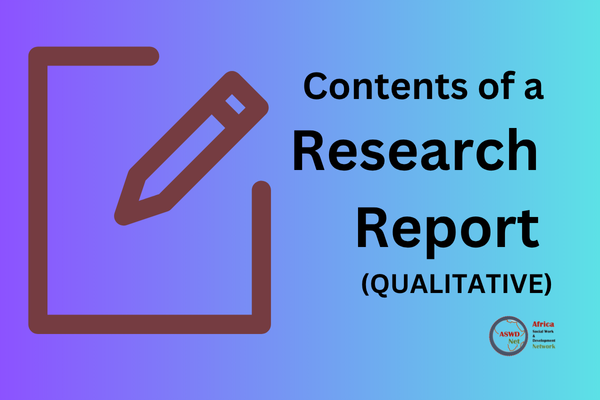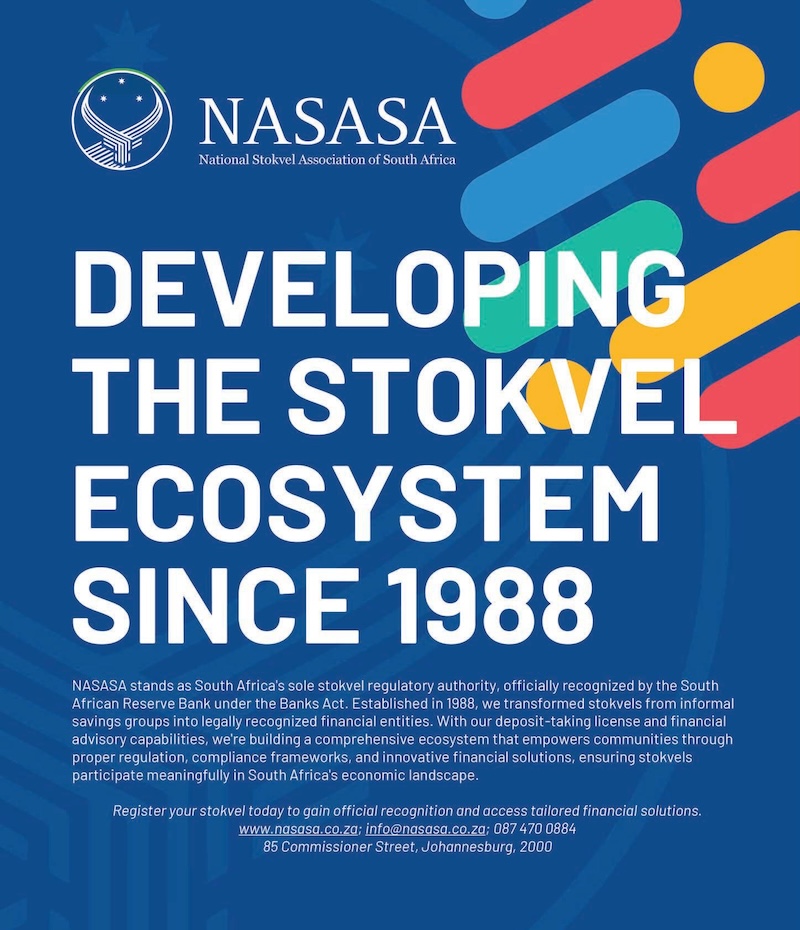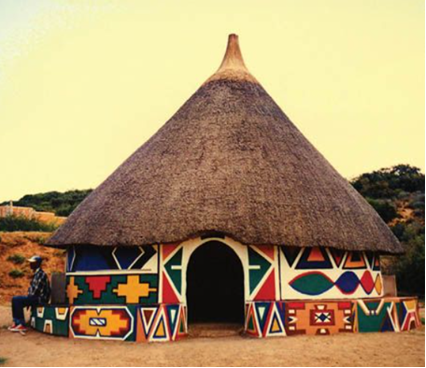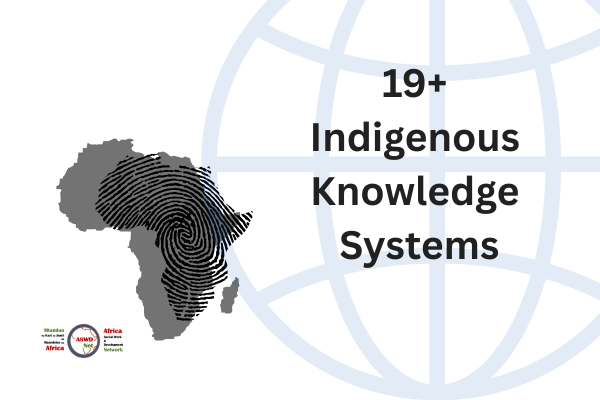
Contents of a Research Report (Qualitative)
A research report is used to present the completed study, including background, methods, findings, interpretations, and recommendations.
| Section | Description | Examples from a research done in Senegal |
|---|---|---|
| Title | Reflects the full project with more clarity if needed. On cover page if desired. Cover page contains date, relevant image, authors and institutions. | Voices of Transition: Educational Pathways of Wolof-speaking Youth in Senegal |
| Summary or abstract | Overview of the report. At times accompanied by key words and points. | All the topics of the report are covered in few words, less than 500. Usually without headings. |
| Introduction | Brief restatement of the topic, goals and the contents of the report. | This report explores the school experiences of Wolof-speaking migrant youth in Dakar. |
| Background | Same as proposal, updated to reflect relevance of findings. Literature updated too. | Outlines the language policy challenges in Senegal’s urban schools. |
| Philosophy and Theoretical Framework | Reiterated to remind reader of the guiding worldview. | Ubuntu (philososhy) and Diopian (theory) framework was used to analyse relational knowledge. |
| Methodology and Methods | What was done and how, with any adaptations noted. Include ethics. | Used interviews, youth drawings, and indaba translated from Wolof. |
| Data | What was collected and from whom and in what format eg narratives, stories, interview responses, drawings etc | 20 youth narratives, 6 parent-teacher indaba sessions. |
| Analysis | How data was merged and sieved through the theoretical lens to generate findings. | Co-team analysis, using software eg Nvivo, with participants, colour-coding, deep immersion etc |
| Findings | Summarises key unique and new observations. | Findings can be arranged in categories (that is descriptions of data), themes (that is, interpretive categories), narratives, stories, quotes, visuals, case studies or a combination of these. The choice of presentation must align with the methodology and methods. |
| Discussion | Deeper analysis linking findings to broader contexts, literature and theories. | Language exclusion mirrors colonial legacies; families offer resistance through ujamaa (cite). |
| Conclusions | Final insights drawn from findings. | Wolof-speaking youth show resilience. Schools have not adapted to cultural realities. |
| Implications | What the findings mean in broader terms. | Highlights the need for inclusive language policies in African education. |
| Suggestions | Exploratory ideas that may inform further thinking. | Consider mother-tongue literacy as a bridge to formal education. |
| Recommendations | Specific actions drawn from the study. | Introduce Wolof-French support programs; build community-school partnerships via indaba. |
| Conclusion | Ending of the report | Draw the report to a close. |
| List of references | All literature used | Use a relevant or recommended format. |
| Appendixes | Additional useful information to help with understanding or prove that data collection and analysis was done as described | Ethics advice or approval; permissions, data collection documents that are completed, examples of original transcripts, initial themes, field notes etc |
Use the form below to subscibe to Owia Bulletin.
Discover more from Africa Social Work & Development Network | Mtandao waKazi zaJamii naMaendeleo waAfrika
Subscribe to get the latest posts sent to your email.



